Top 5 Object Tracking Methods: Enhancing Precision and Efficiency
May 25, 2023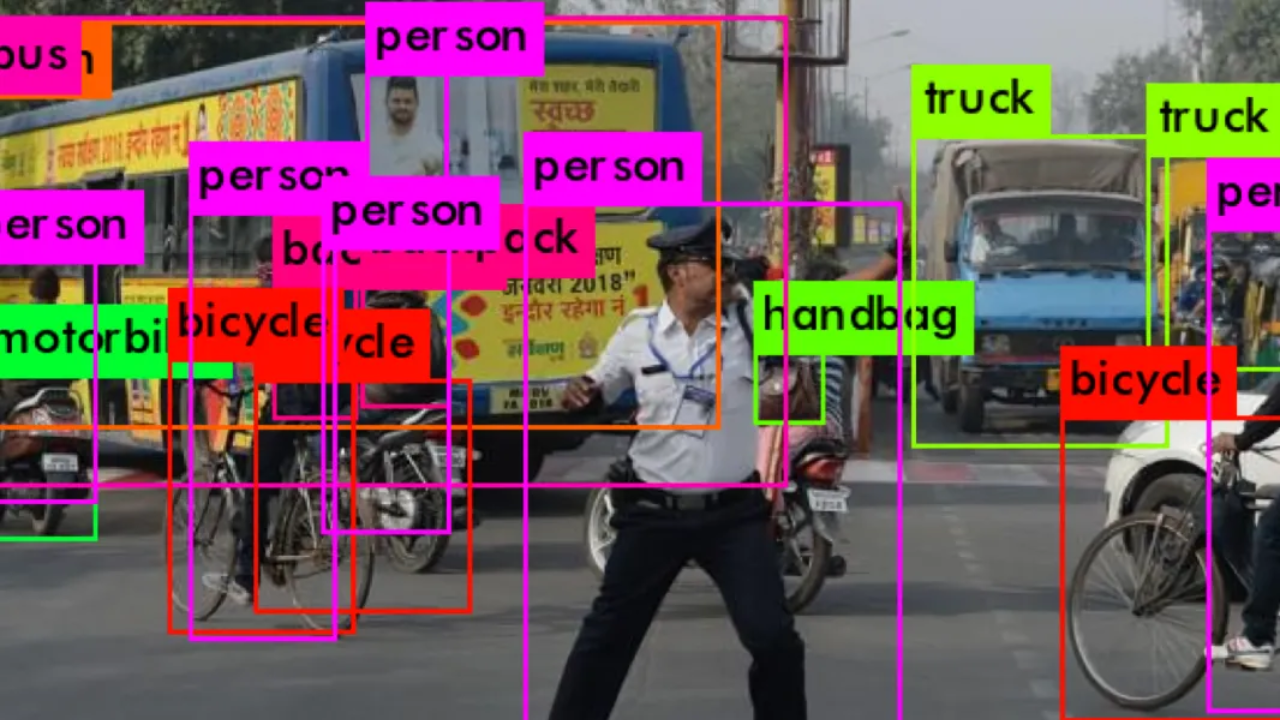
In today's fast-paced digital world, object tracking has become an essential tool in various domains, including computer vision, robotics, surveillance systems, and augmented reality. Object tracking refers to locating and following objects in a sequence of images or videos. With technological advancements, several object tracking methods have emerged, each with its strengths and limitations. In this article, we will explore the top 5 object tracking methods that are widely used and highly effective in various applications.
Top 5 Object Tracking Methods
1. Kalman Filter
The Kalman Filter is one of the most popular object tracking methods due to its ability to estimate the state of an object in a dynamic environment. It is a recursive algorithm that uses a series of measurements over time to predict and update the object's position and velocity. The Kalman Filter assumes that the object's motion follows a linear Gaussian model, making it suitable for tracking objects with linear and predictable movement patterns. However, it may struggle when faced with abrupt changes in object motion or occlusions.
2. Particle Filter
The Particle Filter, also known as the Monte Carlo Filter, is a probabilistic object-tracking method that estimates the state of an object using a set of particles. Each particle represents a possible state of the object, and the algorithm iteratively resamples particles based on their likelihood of matching the observed measurements. The Particle Filter is particularly effective in handling nonlinear and non-Gaussian motion models, making it suitable for tracking objects with complex trajectories. However, the computational complexity of the Particle Filter increases with the number of particles, which can limit its real-time performance.
3. Mean Shift
Mean Shift is a non-parametric object tracking method that operates in the spatial domain. It works by iteratively shifting a window to the mode of the probability density function (PDF) within the window. The mode represents the object's position, and by repeatedly updating the window's location, Mean Shift can track objects with varying appearances and shapes. Mean Shift is robust to occlusions and illumination changes, making it suitable for real-world scenarios. However, it may struggle with objects that have similar appearances or when faced with abrupt changes in scale.
4. Correlation Filters
Correlation Filters are a family of object-tracking methods that exploit the correlation between the object's appearance and a template to estimate its position. These methods use a training phase to learn a discriminative filter that maximizes the similarity between the object and the template. During tracking, the filter is convolved with the search region to obtain a response map, from which the object's position is determined. Correlation Filters are efficient and capable of handling real-time applications. However, they may suffer from boundary effects and are sensitive to significant appearance variations.
5. Deep Learning-based Methods
Deep Learning-based methods have revolutionized the field of computer vision, including object tracking. These methods leverage deep neural networks to learn discriminative features and predict the object's position. They can handle complex appearance variations, occlusions, and scale changes. Popular deep learning-based object tracking methods include Siamese Networks, Fully Convolutional Networks (FCNs), and Recurrent Neural Networks (RNNs). However, deep learning-based methods often require large amounts of annotated training data and can be computationally intensive.
Conclusion
Object tracking plays a vital role in numerous domains, and the top 5 object-tracking methods discussed in this article offer valuable solutions for various tracking challenges. The Kalman Filter provides accurate predictions in linear scenarios, while the Particle Filter excels in handling complex trajectories. Mean Shift is robust to appearance changes, and Correlation Filters offer efficient real-time tracking. Deep learning-based methods leverage the power of neural networks to handle occlusions and appearance variations. Understanding the strengths and limitations of these methods allows researchers and practitioners to choose the most appropriate approach for their specific tracking needs.
By employing these top 5 object tracking methods, developers and researchers can enhance the capabilities of computer vision systems, robotics, surveillance systems, and augmented reality applications, among others. As technology continues to advance, we can expect further innovations in object tracking that will push the boundaries of what is possible. The ability to track objects accurately and reliably opens up a world of possibilities for numerous industries and paves the way for exciting advancements in the future.
Ready to up your computer vision game? Are you ready to harness the power of YOLO-NAS in your projects? Don't miss out on our upcoming YOLOv8 course, where we'll show you how to easily switch the model to YOLO-NAS using our Modular AS-One library. The course will also incorporate training so that you can maximize the benefits of this groundbreaking model. Sign up HERE to get notified when the course is available: https://www.augmentedstartups.com/YOLO+SignUp. Don't miss this opportunity to stay ahead of the curve and elevate your object detection skills! We are planning on launching this within weeks, instead of months because of AS-One, so get ready to elevate your skills and stay ahead of the curve!
Stay connected with news and updates!
Join our newsletter to receive the latest news and updates from our team.
Don't worry, your information will not be shared.
We hate SPAM. We will never sell your information, for any reason.


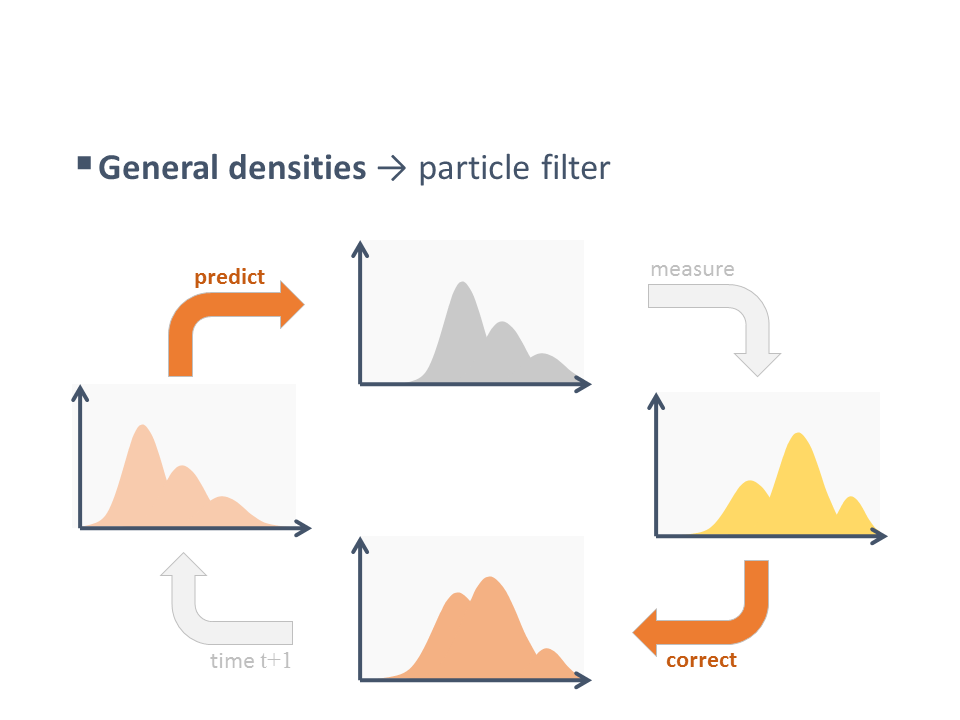

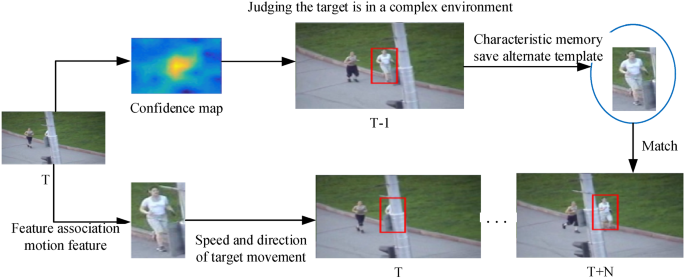
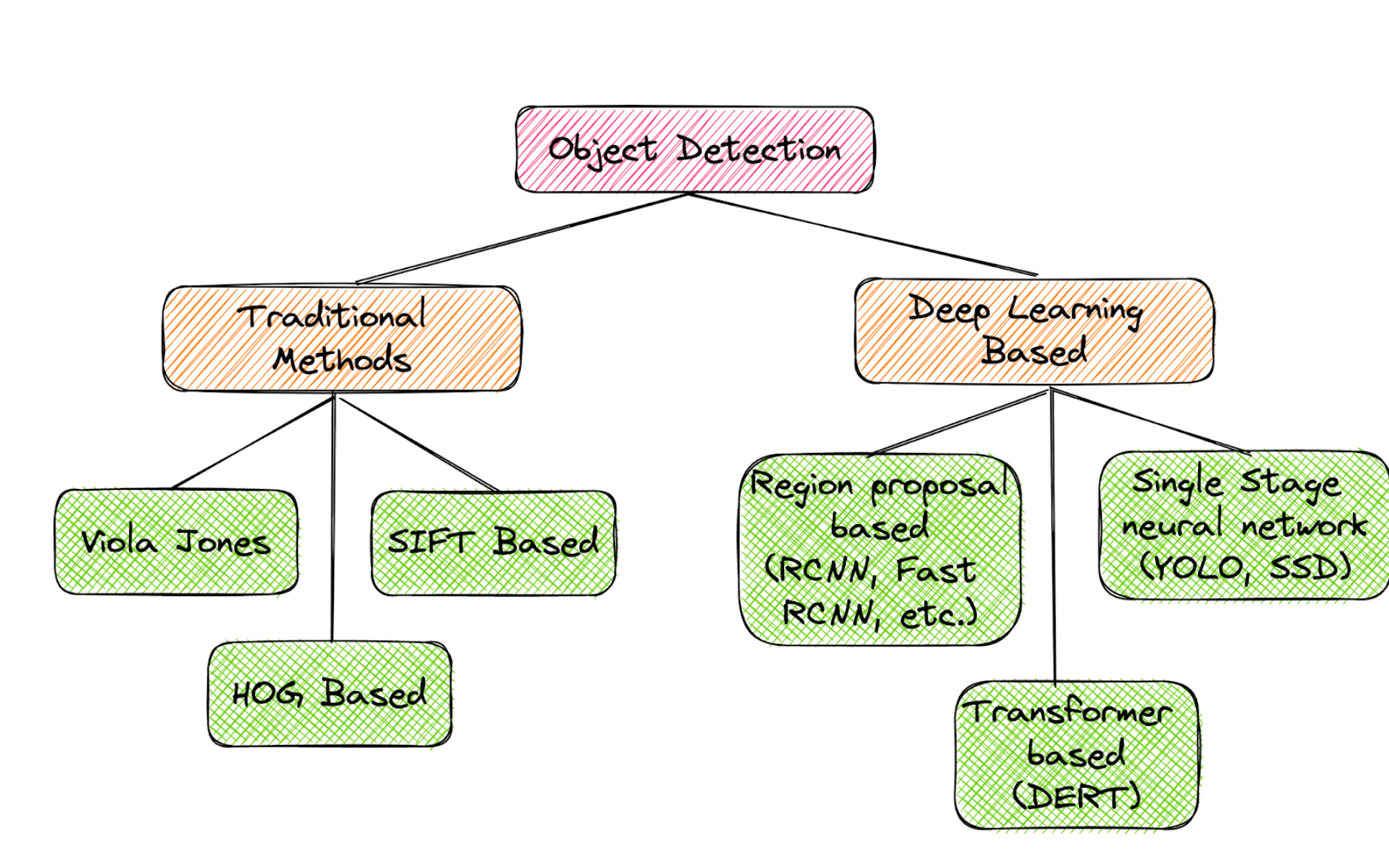
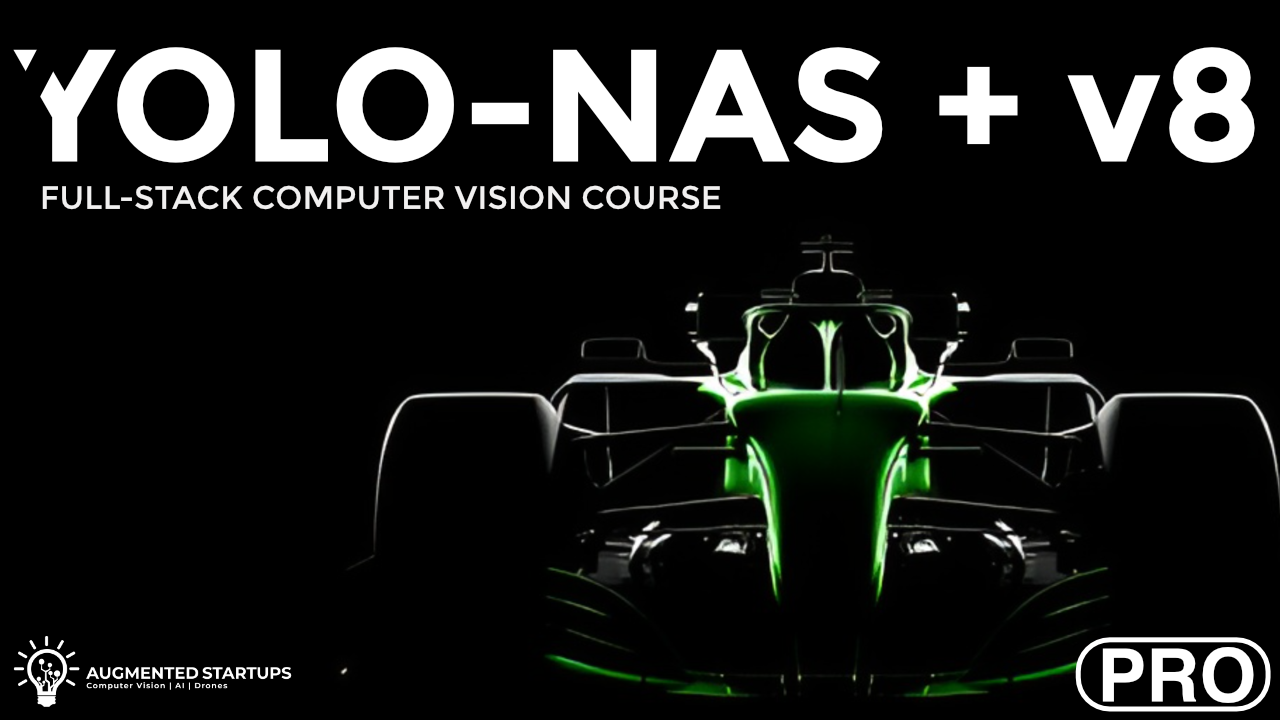

![AI In Agriculture [NEW]](https://kajabi-storefronts-production.kajabi-cdn.com/kajabi-storefronts-production/file-uploads/themes/2153492442/settings_images/f3fdf8-e3fc-6bce-d26-2adc20ba5c0a_1e6bab8-d7b-d76c-e28c-fa6d513e45d_7138c16-f641-8fdf-e206-2bcac503bc5_AI_AGRI.webp)


